Ok, so, the very quick, simple and easy answer to this particular question is: If you can avoid shooting at the beach in harsh sunlight, then do!
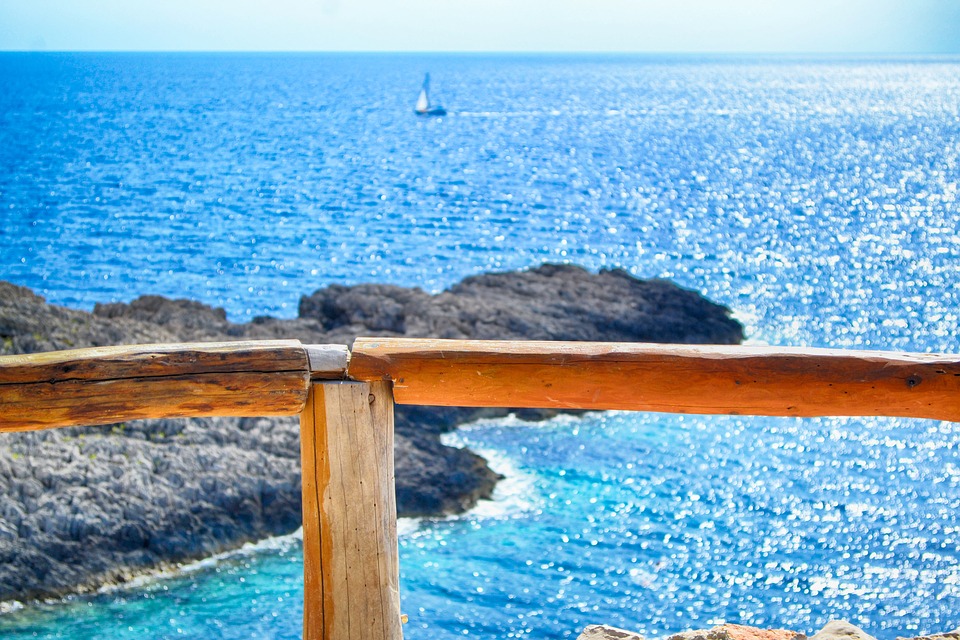
This is probably the most difficult and challenging situation you can find yourself in as a photographer. Harsh light is bad enough as it is, but at a beach, there is generally nowhere to go to escape the glare of that big golden ball in the sky!
If you can move/postpone the shoot to another time of day, say early morning or evening when you can take advantage of golden hour then please do!
However, if you do find yourself on a beach, with a high sun and harsh glaring sunlight beating down on you and you HAVE to do the shoot now, or at a time allocated by other people, what can you do about it? Here are some guidelines that will help you get the most out of your shoot and the best results you can hope for on a beach with harsh light.
Shoot in Manual
Many photographers will tell you that you should always shoot in manual anyway. I’m not so sure, but that’s a conversation for a different day!
However, shooting on a beach, with highly reflective sand, in particular, is going to prove more of a challenge than your camera's automatic settings is capable of.
Use the manual setting on the camera, and this will ensure that you have the very best chance of controlling the image that we’re going to get.
Expose For The Highlights
There’s a saying that’s been going around in the photography world for as long as I can remember, that is: ‘Expose for the highlights and let the shadows take care of themselves.’
You can generally recover the shadows in post-processing whereas if an area of the highlight is burnt out in the exposure; you’ll never see it again.
Therefore, you need to expose for the very brightest part of the scene and ensure that you get those areas covered.
Find a great article here from Jasenka on how to read your histogram
Get Out Of The Sun
Now bear with me, I’m not being silly! If you look around the location, you may find a tree, large bush, building or possibly a boat or similar that will cast a little shadow on your subject.
This still may cause a problem for you though, as the shadow that is cast will still be very dark compared with the rest of the scene.
It is worth looking around though and trying to use anything that can provide some shade. You might need to work creatively to incorporate it into your scene, or potentially you might have to shoot in the shade.
This may not be the complete answer to the problem, but it could produce some cool and interesting images…
Use A Reflector
So, you’re at the beach, and you want to photograph a model, with the sea in the background. You stand her in front of the sea, and she appears to be a black shape in front of a beautiful seascape.
Now, to ‘balance’ out the light, you need to put some light on your main subject. The easiest way of doing this is to use a reflector, quite close to the subject, which will reflect (that’s why it’s called a reflector!) some of the sunlight back onto the model, lighting her face up.
Before you go running off to invest in a reflector, it’s worth noting that there may not be enough reflected light to balance out the light from the sun, especially when it’s high in the sky.
You’ll need to get the reflector very close to the subject, so you’ll also need another pair of hands on a reflector stand too.
Use Off-Camera Flash
Now, this is what I’d be doing if I had to shoot in harsh sunlight. In fact, it’s how I have shot a number of weddings taken in the middle of summer.
It is the only sure way of being able to balance the light of the sun with the light on the subject.
Now, most flashguns will be able to cope with this, but it is worth investing in a flash gun that can offer HSS (High-Speed Sync) and lots of power.
If you don’t get the HSS and power, you may find that you have too much ambient light and your flash doesn’t have enough power to balance the scene.
Godox offers some very nice flash units, and some newer brands are coming out that seem to be quite well made.
Do watch out for banding issues and do your research before buying though!
How do we use it?
Well, It’s very similar to the reflector, just a bit more expensive, but a lot more reliable and controllable!
Set your model up as you have previously with the beautiful background. You’ll need to set the flash to put out slightly less power than the ambient light in the scene.
If you’re getting a result of say 1/250 f22 @ 100 ISO (That’s a very bright day), then you need your flash to be putting out around f18 (ish)
The power output of the flash needs to be close too, but not the same as the ambient light (in my opinion) because this will give a natural look to the image.
However, this is a taste thing, and you need to play around and see what you feel looks best.
Stop Worrying And Just Go For It
Now, having said all the above, there is always an opportunity for just popping a flash on your camera, setting the exposure and just letting the light fall where it may!
I have many years of photography experience behind me, and I also have what could be called a ‘traditional’ photography education — perfect light, perfect exposure etc. However, now and then I see a photographer who has broken every single rule that I ever learned… but the images are just beautiful!
We can get a bit tied up in photography technique sometimes and forget that if you see a child with a huge grin and looking like the world is just the best place to be that tugs on your heartstring, it can be much better than the most perfectly exposed image.
Having said that, I’d still try and rearrange the shoot for golden hour… Just saying!
Further Reading:
- Dos And Don'ts of Photography At The Beach
- 10 Tips for Improving Your Beach Photos
- Better Beach Photography. Make A Splash With These Tips On Gear, Settings, And Composition
- Photographing at the Beach: 10 Tips for Better Beach Photos
- 7 Quick Tips for Better Beach Photography
- How to Shoot a Picture Perfect Beach Portrait
- How to Photograph Beach Life for Great Shots
Further Learning:
If you've ever wondered why a scene, that looked so gorgeous in person, now looks flat and uninteresting in your photograph or if you've ever returned from vacation feeling dissatisfied because your images did not capture the natural beauty that you witnessed with your own eyes then The Complete Landscape Photography Guide is for you.
This guide, by award-winning author and photographer Kent DuFault, will show you how:
- To choose the right camera and lenses for Landscape Photography
- To find (and capture) the unique images that nobody else gets
- A pro shoots AND post-processes their images for art gallery quality!
- Your chosen POV, can make, or break, your image
- To shoot landscape photography at night! Including how to capture beautiful star trails
- To properly use graduated filters…for spectacular results
- And much more
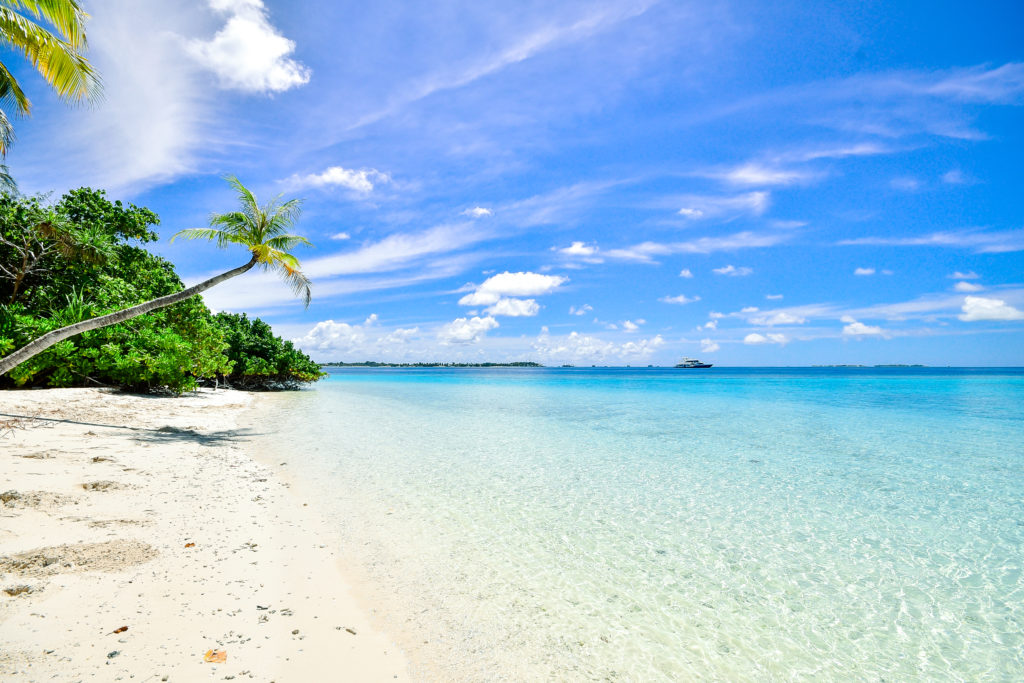
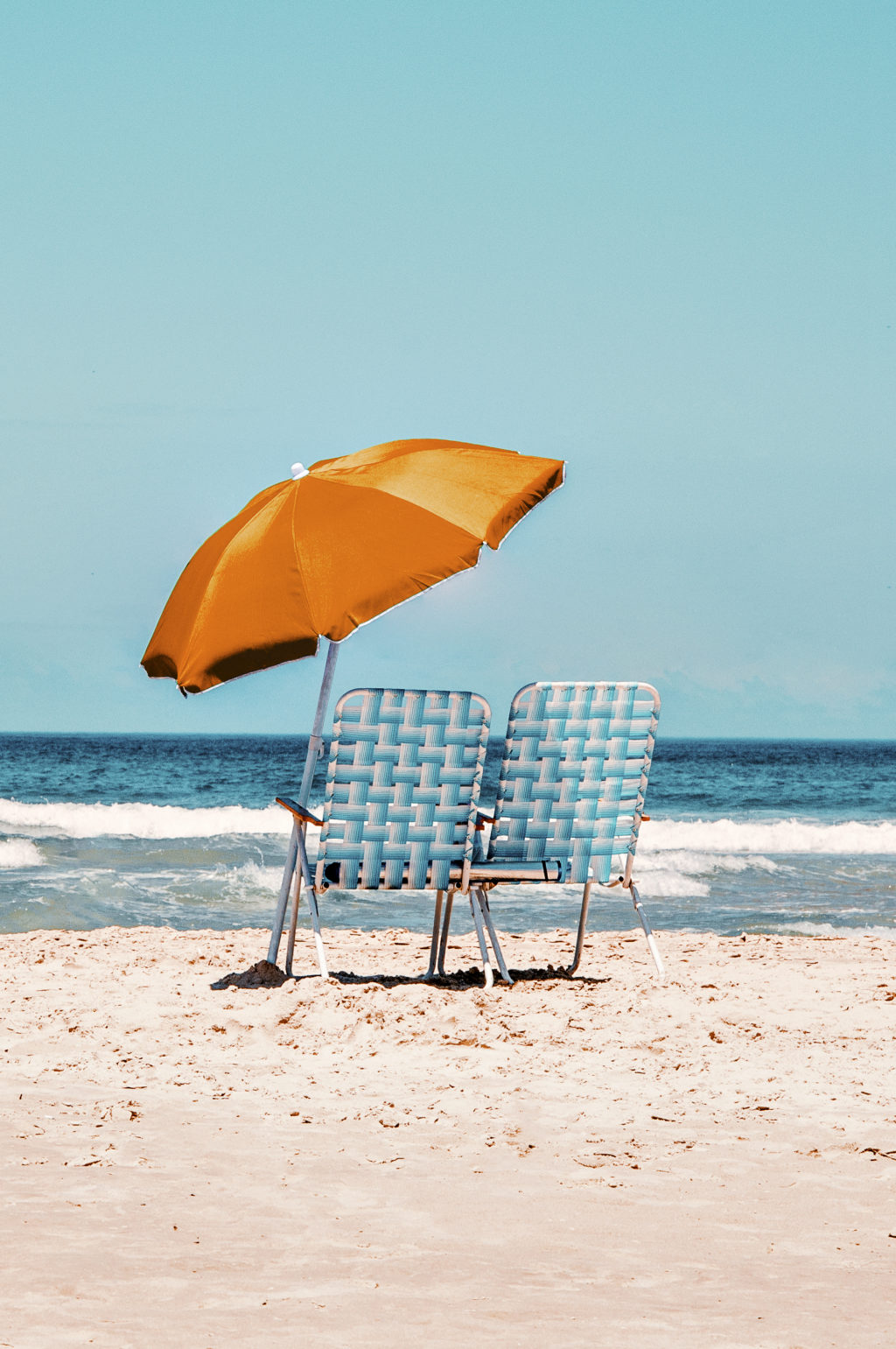

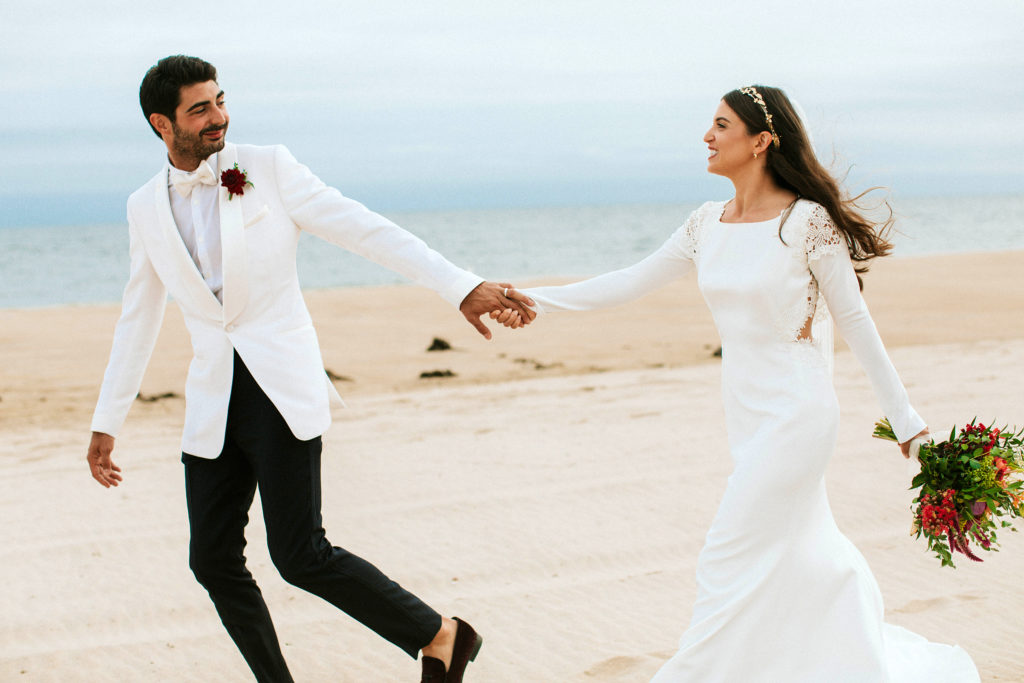
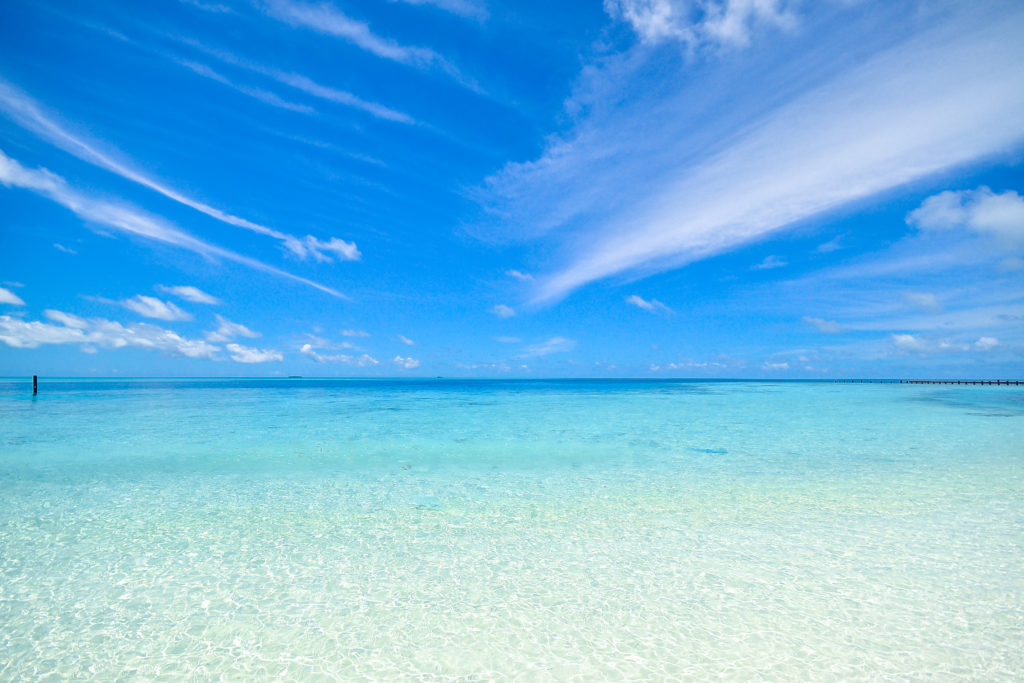


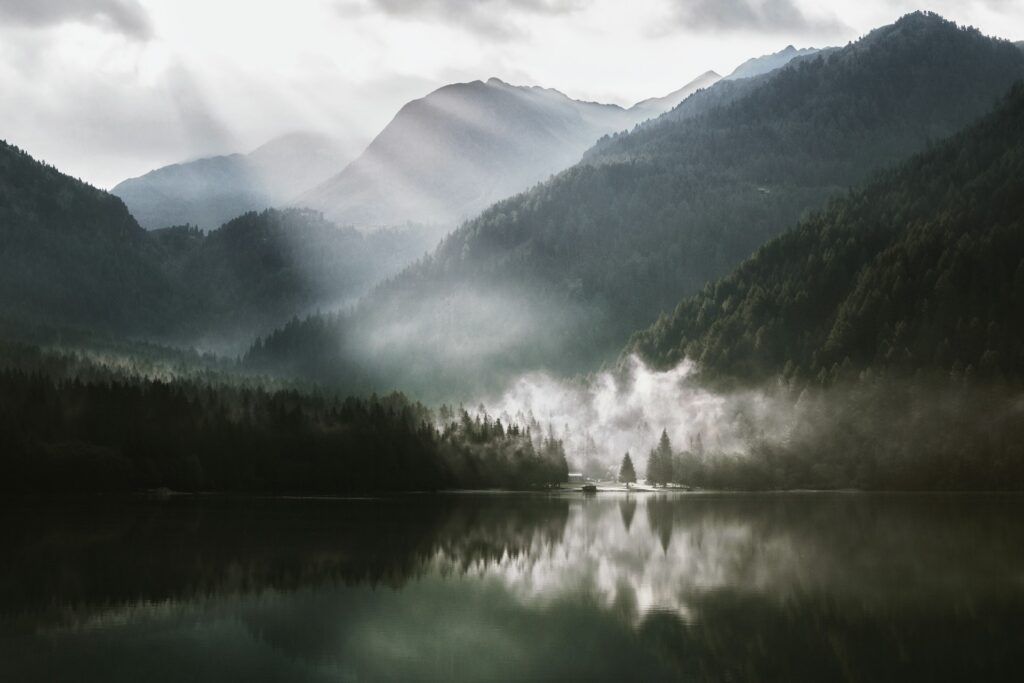


2 Comments
I stopped reading when I saw this paragraph:
“…Use the manual setting on the camera, and this will ensure that you have the very best chance of controlling the image that we’re going to get…”
modes like A, Av, S , Tv or even P anyone can have total control of exposure. Since use Exposure Compensation (-/+) Ev Button…
Photographers who use ISO auto, It’ll be even better.
Cheeers
I stopped reading when I saw “I stopped reading”